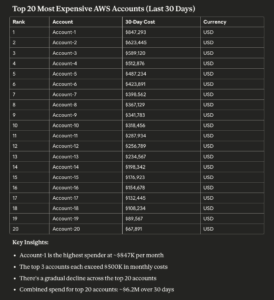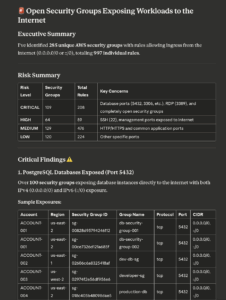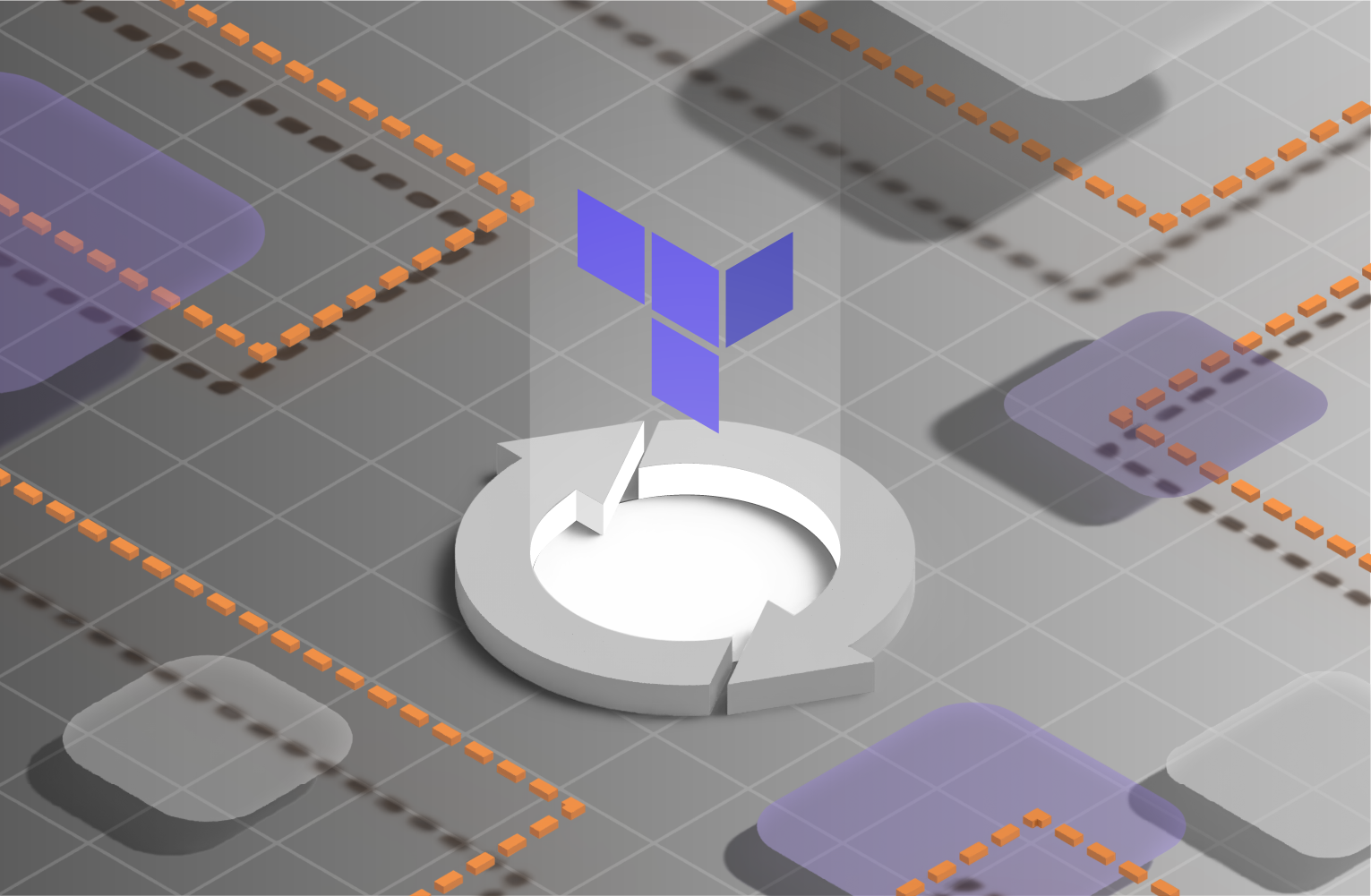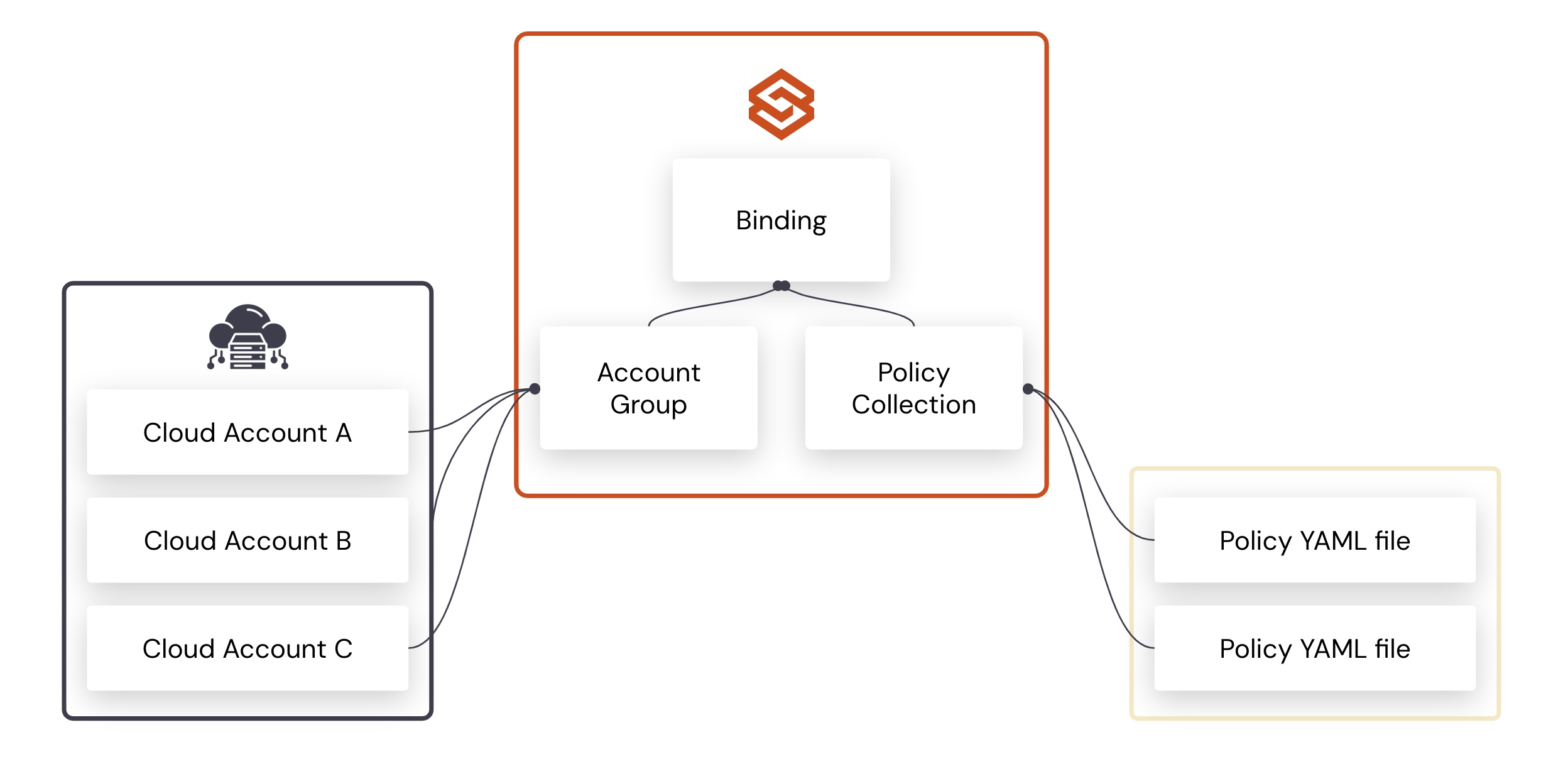From AI Consoles to Agents: Accelerating Cloud Governance with Stacklet MCP Server
The Model Context Protocol (MCP) is a new standard for connecting AI applications with external systems. Instead of building custom integrations for every service, MCP defines a simple way to expose capabilities as tools, resources, or prompts that any compatible client can use. Today, that means environments like Claude Desktop or Cursor can connect directly to your cloud platforms and tooling, allowing you to query assets, identify wasteful resources, run compliance checks, and retrieve documentation without leaving your AI console. By combining MCP servers with AI consoles, applications, and agents, teams can unlock new levels of productivity and get reliable answers through natural language.
Stacklet, built by the creators of Cloud Custodian, delivers a comprehensive governance-as-code platform. It goes beyond visibility by accelerating time to savings and compliance. Stacklet takes action on wasteful resources and those that pose security risks, while enabling prevention and continuous optimization across multi-cloud estates. In practice, this often delivers savings of up to 50% of cloud spend. All of this is powered by a proven, policy-driven governance engine.
Today, we’re introducing the Stacklet MCP Server – a new way to extend Stacklet’s FinOps and security governance capabilities into the AI ecosystem. With this release, governance insights and workflows become directly accessible inside AI consoles and applications, with proper controls in place. It continues to build on our agentic AI initiative, Stacklet Jun0, where these workflows can be automated as well as queried, giving teams the ability to both understand and act on cloud governance in real time.
Productivity Accelerated: Cloud FinOps and Security Governance with Stacklet MCP Server
Connecting Stacklet through the MCP Server isn’t just about exposing APIs – it transforms how FinOps and security teams manage governance at scale. The Stacklet MCP server brings these controls directly into your AI console or integrates with your AI applications.
This means your team can ask natural language questions, receive immediate answers, and even deploy policies – all without leaving the tools they already use. Key Use case would include:
FinOps Governance
The Stacklet MCP server brings FinOps Governance insights directly into the AI toolsets your teams already rely on, while leveraging the most capable models to query and understand your cloud cost and usage posture. This makes cloud usage optimization and governance tasks simpler and faster. For example, you might ask:
- “Show me my most expensive services in the last 30 days across developer accounts.”
- “Can you help me find savings opportunities for my top three services?”
- “List all underutilized EC2 instances running for more than 30 days, grouped by account.”

With Stacklet MCP Server, FinOps teams can quickly identify waste, prioritize optimization, and make smarter financial decisions without switching between cost dashboards and SQL consoles.
Security Governance
Security teams can use Stacklet MCP Server to find and summarize policy-related risks across multi-cloud environments. Examples include:
- “List all over-provisioned IAM roles and users with excessive access.”
- “Identify open security groups exposing workloads to the internet.”
- “Summarize security findings from AssetDB policies across all accounts.”
Instead of manually querying asset data, Stacklet MCP Server provides a high-level overview that can also be drilled down into for detailed policy results.

Rapid Policy Deployment and Testing
Stacklet MCP Server can be granted access to the platform’s GraphQL API, enabling policy operations to run directly from within your AI console. Teams can test and deploy policies with a simple prompt, reducing time to production and accelerating feedback cycles. For example:
- “Deploy the encryption enforcement policy across all production accounts.”
- “Test the cost optimization policy in staging before rollout.”
Governance Reporting & Visualization
By working with tools like Claude Desktop, Stacklet MCP Server can generate visualizations, reports, and dashboards from your governance data. For example, you might ask:
- “Create a compliance dashboard highlighting the top tags in my environment.”
- “Generate a monthly cost optimization report and include a chart of savings opportunities.”
This turns governance data into actionable insights that can be shared with leadership or embedded into existing reporting workflows.

Integration with FinOps & Security Tooling
Because MCP is a standard protocol, Stacklet doesn’t have to be the only source of truth in your AI console. It can run in parallel with other FinOps and security tools, such as cost anomaly detectors, cloud billing APIs, vulnerability scanners, or SIEM systems. This allows you to correlate insights across multiple sources. For example:
- “Compare Stacklet’s unused resource report with last month’s AWS billing data.”
- “Combine Stacklet’s IAM policy violations with findings from our security scanner.”
Instead of siloed reports and disconnected views, MCP provides a unified environment where governance insights come together.
Looking Ahead with Stacklet Jun0
The launch of the Stacklet MCP Server is just the beginning. It continues our commitment to agentic cloud governance with Stacklet Jun0, where FinOps and security governance workflows won’t just be queried but automated and orchestrated by AI agents. With Jun0, organizations will gain the ability to continuously optimize usage, prevent waste, and enforce security policies – not only with faster insights, but with actions that keep governance in place automatically.
Related Links below
- Github: https://github.com/stacklet/mcp-server
- Pypi: https://pypi.org/project/stacklet-mcp/
To request a demo please submit form.
Categories
- AI
- Cloud Governance
- Product News


